5 Ways to Make Video Files Smaller without Losing Quality
We’ll take a look at five ways to make your video file smaller, both from your computer and online. To compare options and see which is best for you, read on the full article: 5 Ways to Make Video Files Smaller without Losing Quality
Desktop software:
- VLC (Windows, Mac, Linux)
- Shotcut (Windows, Mac, Linux)
- QuickTime Player (Mac)
Web based services:
- VideoSmaller
- Clipchamp
Understanding Video File Size
The 16:9 aspect ratio is very common, and includes a number of other resolutions. Here are the resolutions that YouTube recommends for various measures of quality:
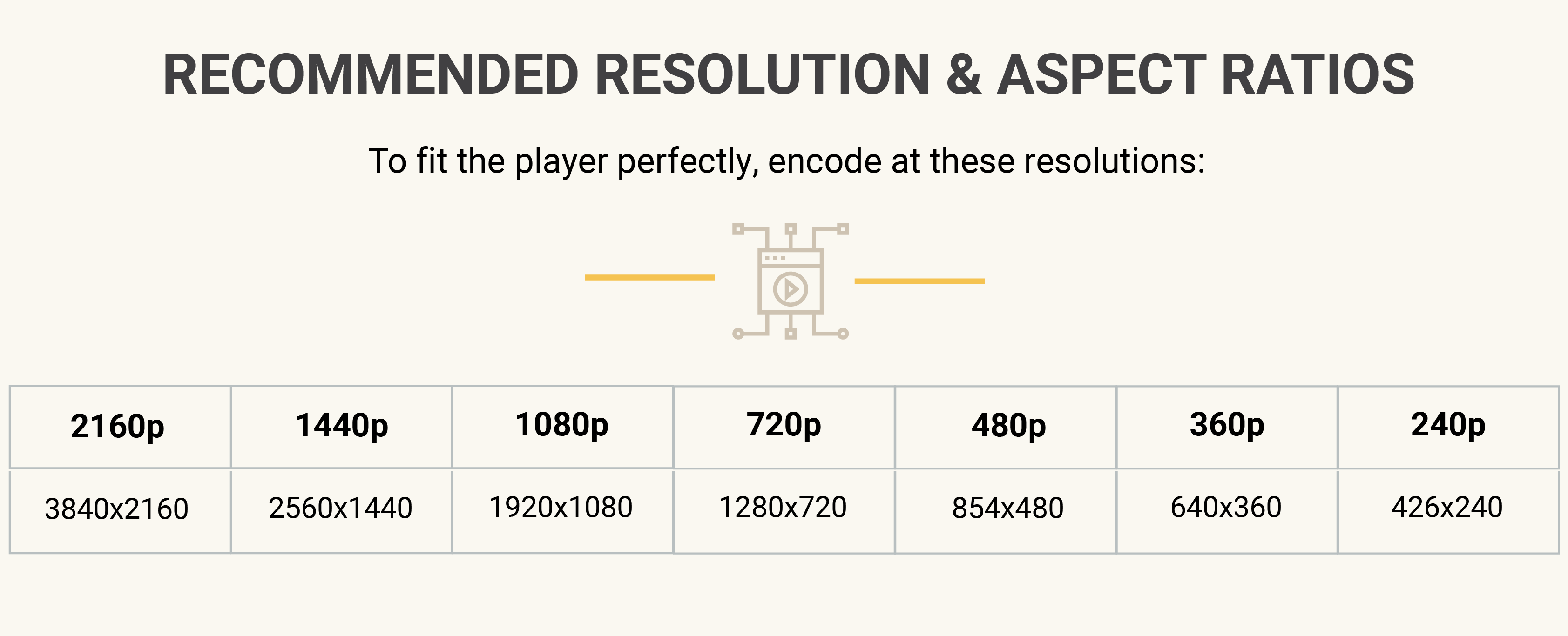
So which resolution should you use? It largely depends on where your audience is likely to watch. For example, 1080p is probably plenty for users streaming on YouTube, as many monitors still don’t go above 1080p (and the bitrate, as you’ll see in a moment, may become prohibitive for streaming).
An audience that primarily uses their smartphone to watch your videos is a bit more difficult to plan for, as phones have different resolutions, screen sizes, and pixel densities. The difference between 720p and 1080p is noticeable on a phone, but it may require the user to be within 6” or 8” to tell the difference.
Possibly the most important factor in determining video size is the bitrate. This is a measure of how much information is transmitted every second, and is usually measured in Mpbs (and sometimes kbps). Here are YouTube’s recommended bitrates for different sizes and framerates:
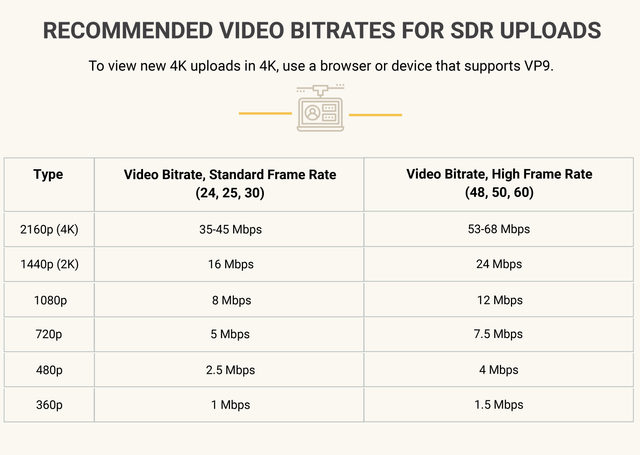
It’s a good idea to use a variable bitrate, which allows your video to go above or dip below your target bitrate. While this gives you a little less control over your video size, it will result in greater quality, as you video will transmit more information during scenes where it’s necessary.
Finally, we come to encoding. Video encoding uses two different parts: the codec and the container. A full discussion of both is very technical, but we recommend using H.264 encoding with an MP4 encoder. This is an efficient method of compressing your video, and will result in only a slight loss of quality.
How to Reduce Video Size without Losing Quality (see details on using each of these sevices in the full article
- VLC (Windows, Mac, Linux)
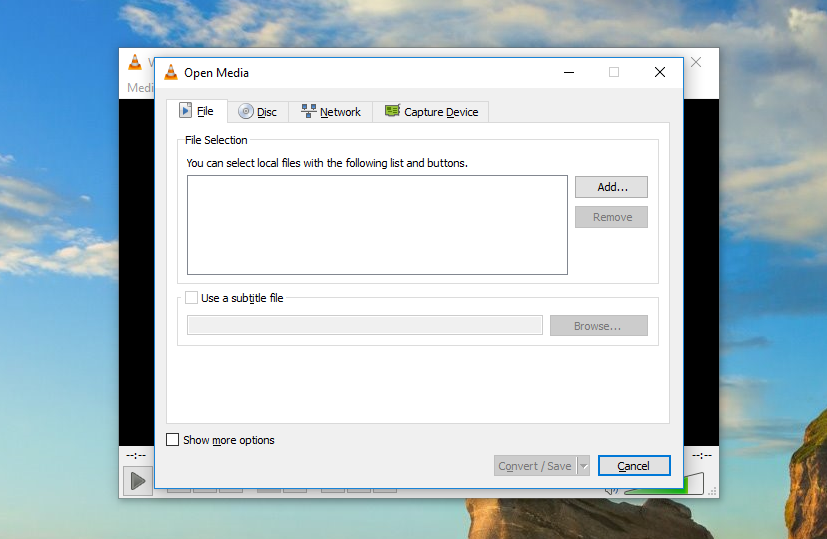
- Shotcut (Windows, Mac, Linux)
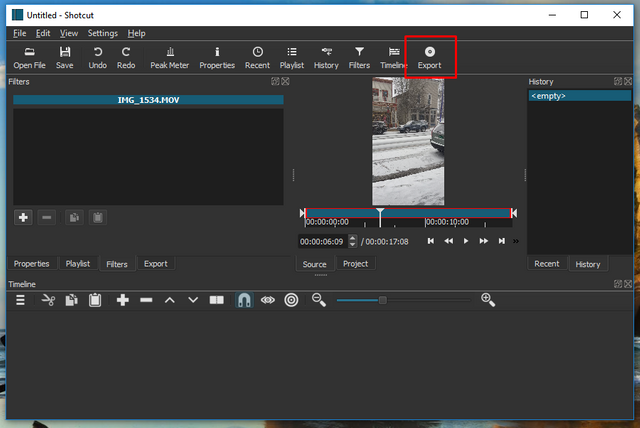
- QuickTime Player (Mac)
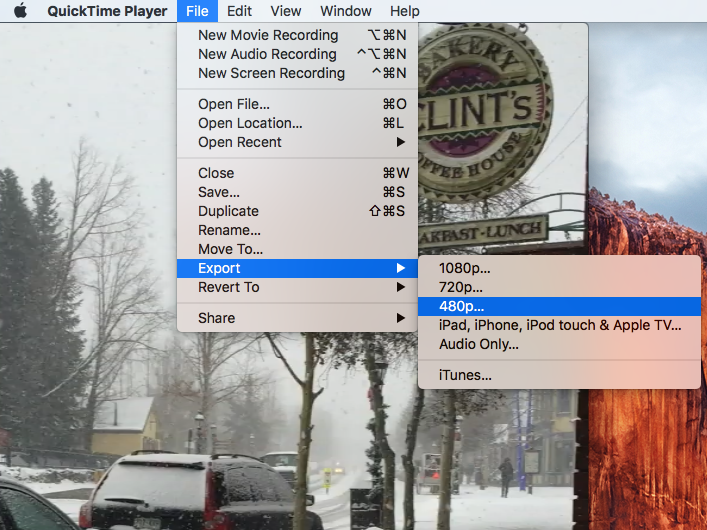
- VideoSmaller (Web)
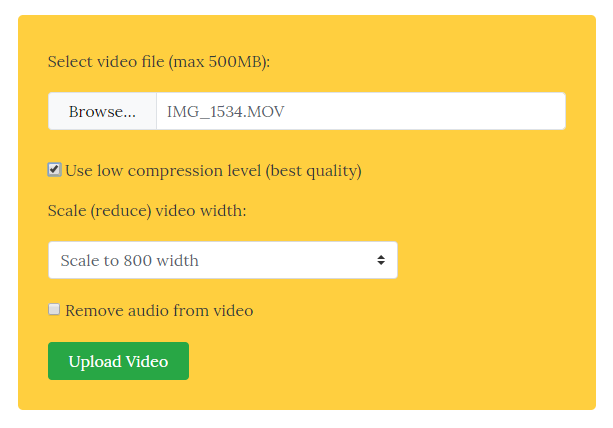
- Clipchamp (Web)
online tools are easy to compress video without downloading any software. but they have file size limit or limited to the time of conversion. So I basically prefer desktop software. here is the article about video size reductoin I come across with proper suggestion. https://www.winxdvd.com/resize-video/reduce-video-file-size.htm